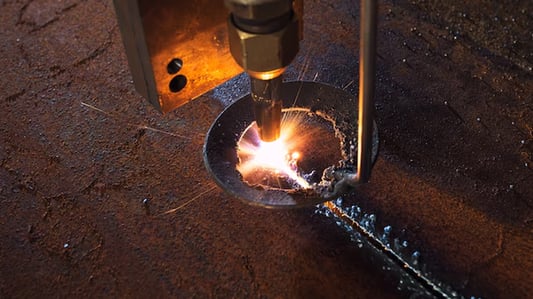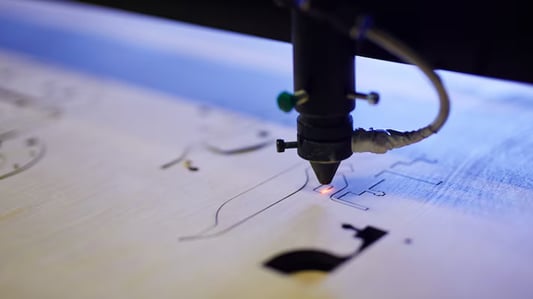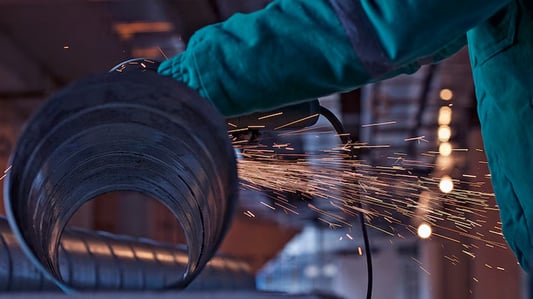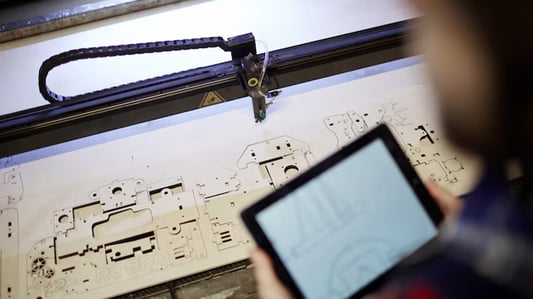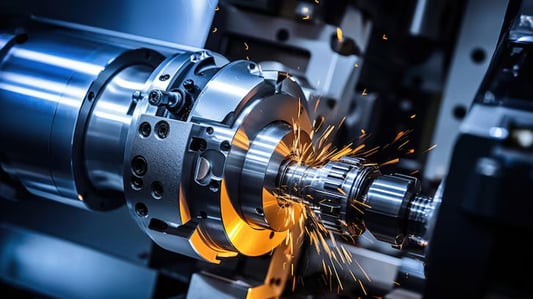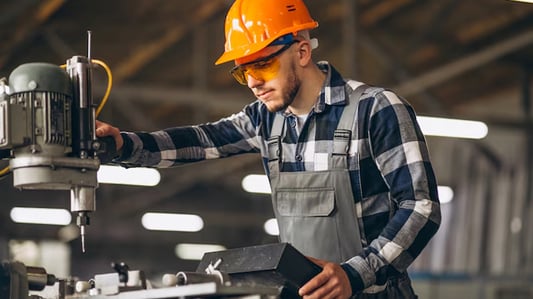What is a CNC machining centre for metal?A CNC machining centre for metal is a precision tool that uses computer numerical control (CNC) to automate the shaping and cutting of metal workpieces. It is a versatile machine that is used in various industries, including automotive, aerospace, and manufacturing. Advantages of Using a CNC Machining Centre for MetalOne of the main advantages of using a CNC machining centre for metal is its high level of precision. These machines can produce intricate and complex metal components with tight tolerances. Additionally, CNC machining centres are efficient and can operate continuously, which increases productivity and reduces lead times. Types of CNC Machining Centres for MetalThere are different types of CNC machining centres for metal, including vertical machining centres (VMCs) and horizontal machining centres (HMCs). VMCs have a vertical spindle, while HMCs have a horizontal spindle. Each type has its advantages depending on the specific manufacturing requirements. Key Features to Look for in a CNC Machining Centre for MetalWhen choosing a CNC machining centre for metal, it is essential to consider key features such as spindle speed, tool capacity, axis travel, and control system. The spindle speed determines the cutting speed of the machine, while the tool capacity and axis travel determine the size and complexity of the workpieces that can be produced. The control system is crucial for programming and operating the machine efficiently. Applications of CNC Machining Centres for MetalCNC machining centres for metal are used in a wide range of applications, including milling, drilling, turning, and grinding. They can produce a variety of metal components, from simple parts to complex prototypes. These machines are essential for the manufacturing of automotive parts, aerospace components, and industrial machinery. Factors to Consider When Investing in a CNC Machining Centre for MetalWhen investing in a CNC machining centre for metal, it is important to consider factors such as the machine's capabilities, production requirements, maintenance costs, and training needs. It is crucial to select a machine that can meet your specific manufacturing needs and provide a good return on investment. Top Manufacturers of CNC Machining Centres for MetalThere are several top manufacturers of CNC machining centres for metal, including Haas, Mazak, Doosan, Okuma, and DMG Mori. These companies produce high-quality machines with advanced features and capabilities. It is recommended to research and compare different manufacturers before making a purchase decision. Future Trends in CNC Machining Centres for MetalThe future of CNC machining centres for metal is likely to be driven by advancements in automation, robotics, and artificial intelligence. These technologies will further enhance the precision, efficiency, and productivity of CNC machines, leading to new possibilities in metal manufacturing. How to Maintain a CNC Machining Centre for MetalProper maintenance is essential for ensuring the optimal performance and longevity of a CNC machining centre for metal. Regular cleaning, lubrication, and inspection of the machine components are necessary to prevent wear and tear. It is also important to follow the manufacturer's guidelines for maintenance and servicing. ConclusionIn conclusion, a CNC machining centre for metal is a valuable tool for precision metal manufacturing. These machines offer high levels of precision, efficiency, and versatility, making them essential for various industries. By understanding the key features, applications, and trends in CNC machining centres for metal, manufacturers can make informed decisions to enhance their metal fabrication processes. Quote Inquirycontact us





